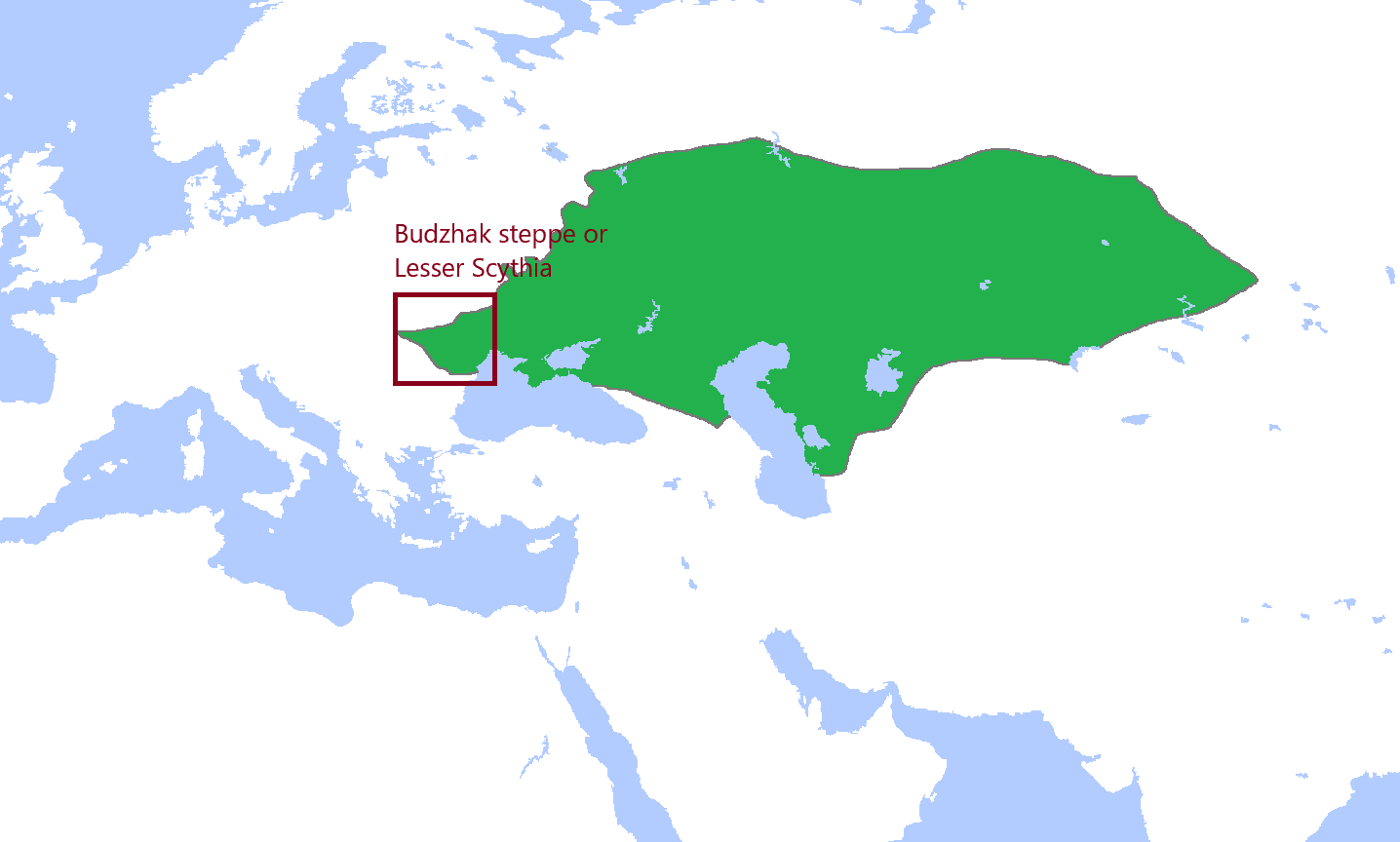Government:
Nomads didn't just randomly move their armies, as was mentioned above. The system for nomads is related to migration. You see, one tribe controls, let's say, a kingdom (e.g Kimek/Kimek). The tribe is dominant and is named after the tribe like (Tatars, Kipchaks, Oghuz, etc) in turn, they have subordinated other tribes with different origins mostly, like Mongols/Kirgiz etc. Within the realm, they have migrations to feed their stock/cattle. They cannot stay long in one place since cattle will eat crops and they have to move to the next place, or the cattle will die without food. Also, steppes are incredibly harsh, naturally, no trees are growing so the winds will blow hard on you to freezing, which makes these nomads stick closer to mountains like Altai during winter or other green places; otherwise, you die from cold. Also, nomads didn't just wander around; as it happens, there are always trade centers. These are places where nobility lived, and the places were also full of slavery trades. Literally currency for steppes is cattle; without cattle you die, and these people provide you everything. Steppe guys made composite bows from bones and clay from cattle; they have traditional games with bones of the cattle; they literally have symbols given to these cattle for any Turkic/Mongolic folks and nature (Tengrism) and lastly it of course provides food.
Taxation:
As mentioned above, if you are for instance subordinate tribe like Cuman to Kimek Khan. After a certain period of migrations, you ought to provide your khan with cattle and warriors. However, the latter is during clashes with other tribes or perhaps to upkeep a personal army for khan. Nomads were not 'free' they had their own liege.
War:
Normally it had to do with drought or harsh weather conditions (steppes are almost a desert), so let's say your territories don't provide many crops so you are forced to go to neighboring territory in hopes of fruitful lands for your cattle. This normally causes conflicts since neighbours don't want to feed your cattle as they have their own.
The other reason is pillaging and getting slaves for trade.
Workshops:
Apart from slave trades in cities, nomads were way ahead with metallurgy, this can be added as a slot in settlements.
The end:
To put it into two words, if you integrate an already existing winter system, stocks, with migration, slavery + something about cattle, it would make it look unique.


